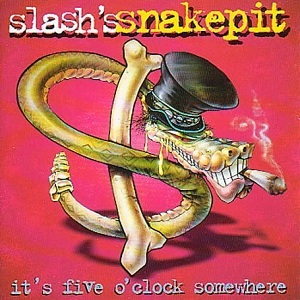fredrikj.net / blog /
New logos: Fungrim, FLINT, mpmath
July 8, 2019
My latest weekend activity: creating logos for Fungrim, FLINT and mpmath. Why bother with logos for free mathematical software? Well, logos look good on websites, you can put them on t-shirts and coffee mugs (not that I need more coffee mugs — thanks conferences, and for the record I don't even drink coffee), you can make laptop stickers of them (I think this is supposed to protect the top lid from scratches and/or encourage extra inspections for your own security at the airport), and you can put them in your beamer slides instead of plain text (for those talks where you know that you're going to need every colored pixel you can get to help keep the audience awake).
Fungrim
The logo for Fungrim has the form of a 15-puzzle. The function graph shows a Dirichlet L-function, if you're wondering.
What are the ideas behind this logo? The function graph divided into several blocks symbolizes how a collection of formulas add up to a complete picture of a mathematical object. The same idea goes for the letter blocks adding up to "Fungrim". A 15-puzzle is also a nice mathematical object (Fungrim is about special functions, not mathematical puzzles, but special functions include combinatorial functions such as factorials useful for counting the number of positions of such puzzles). The missing square symbolizes the fact that a library of this kind always will have gaps, and actually building such a library is not entirely unlike solving an annoying puzzle. Visually factoring "Fungrim" into "Fun" and "Grim" symbolizes the entertainment value of the product. The transcendent synergy of all the aforementioned symbolisms symbolizes transcendental functions, and the use of such symbolisms itself symbolizes symbolic computation...
...I'm joking, of course. In reality, my first idea was to draw some kind of illustration of a magic book (an actual grimoire) with mathematics coming out of it, but I soon realized that this was going to take a lot of work to do well, so then I just drew some squares instead. Anyway, years from now, when Fungrim has become popular enough to expand into museums and theme parks, a 15-puzzle will make great physical souvenir!
FLINT
FLINT has never had a logo, despite being 13 years old now. The obvious idea for a logo around the word "flint" is some kind of flint axe or flint fire tool or just a flame to illustrate the same idea. A Google Image search for "flint logo" reveals that this has been done before. Well, that made me think. What's more badass than fire? Lightning.
Three versions, depending on your preference. Officially, the lightning bolt symbolizes that FLINT is fast as lightning, alternatively that FLINT's mighty polynomial arithmetic will supercharge any software that uses it. Unofficially, it's a warning sign to tell you that segfaults will strike like lightning if you forget to initialize your C variables. The logo is plain and brutal because FLINT is all about plain C code with brutal performance. Or is it brutally complex C code with plain performance? I always forget which is which. Anyway, the black and white version of the logo would totally work if FLINT were a metal band, and that can never be a bad thing. No, I'm not going to add an umlaut.
mpmath
mpmath has gone almost as long as FLINT without a logo. The wait is finally over!
The concept should be clear: a binary ruler with precision that goes to infinity, just like the floating-point arithmetic in mpmath. Plus, mpmath is pretty good at computing limits (infinite series, integrals, and so on). The choice of colors reflects my personal attachment to mpmath which has been a significant part of my life for a long time now: green and blue are my favorite colors, in that order (though I'm also partial to red, black, yellow, violet, white, orange, gray, chestnut, khaki, infrared, ultraviolet, transparent, and octarine).
End notes
- A shout out to the fine developers of Inkscape, a tool that just works when I need it.
- I'm not entirely happy with Arb's current logo, and hope to come up with a better design at some point.
- The FLINT logo is not yet online on the website; it should be included in an upcoming overhaul of the site and documentation.
- Fun fact: did you know that the idea for the S-shaped snake in the SymPy logo (which I designed in 2007) came from
the cover art for the Slash's Snakepit album It's Five O'Clock Somewhere?
Me neither, until it struck me rather recently that this might have been the subconscious source of inspiration. 11-year-old me really liked that cover.

- So, who's interested in stickers, t-shirts and coffee mugs?
fredrikj.net |
Blog index |
RSS feed |
Follow me on Mastodon |
Become a sponsor